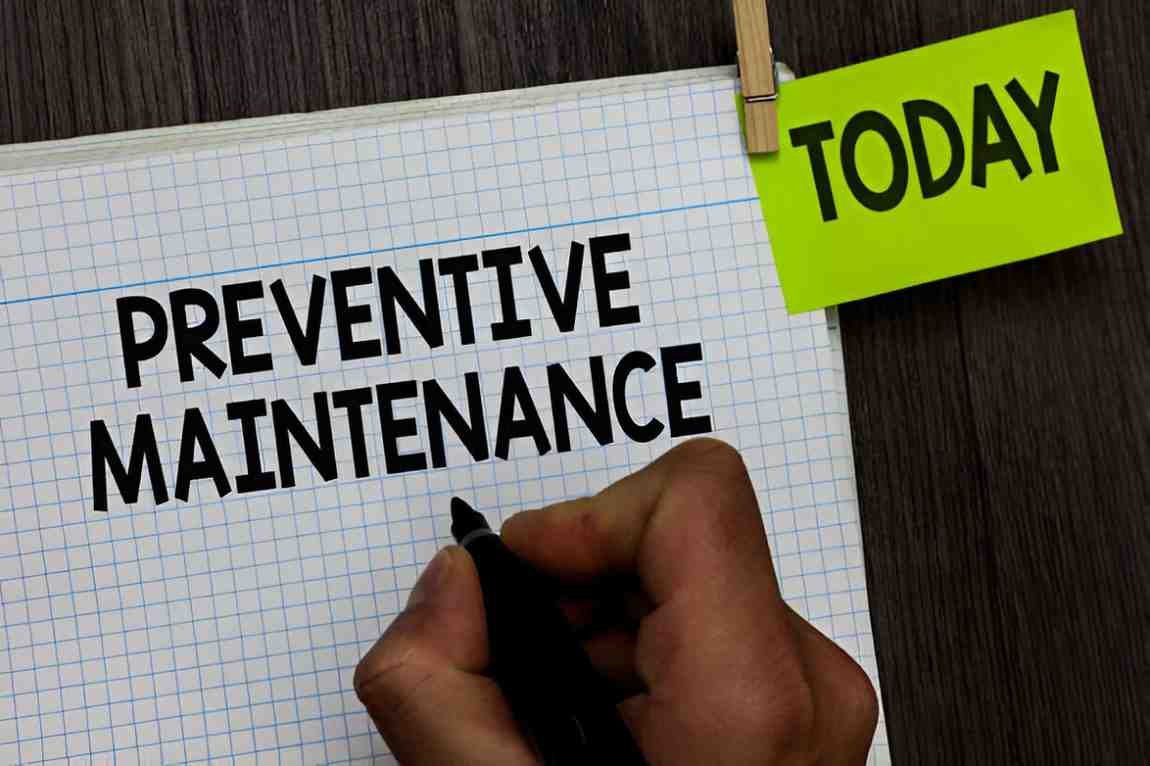As someone who has managed industrial operations and financial planning for years, I understand the critical role that preventative maintenance plays in reducing costs and maximizing efficiency. Many businesses underestimate its impact until equipment fails, leading to costly downtime. In this article, I will break down preventative maintenance, its financial benefits, and how to implement it effectively.
Table of Contents
What Is Preventative Maintenance?
Preventative maintenance (PM) involves scheduled inspections, repairs, and replacements to keep equipment running smoothly. Unlike reactive maintenance, which addresses problems after they occur, PM follows a structured plan to prevent failures. The goal is to extend asset life, reduce unplanned outages, and optimize performance.
Key Components of Preventative Maintenance
- Regular Inspections – Checking equipment for wear and tear before issues escalate.
- Lubrication & Adjustments – Ensuring moving parts operate without excessive friction.
- Component Replacements – Swapping out parts before they fail (e.g., belts, filters).
- Software Updates – Keeping control systems up to date to avoid malfunctions.
The Financial Case for Preventative Maintenance
From an accounting perspective, PM is a capital expenditure that reduces operational costs over time. Let’s compare reactive vs. preventative maintenance in financial terms.
Cost Comparison: Reactive vs. Preventative Maintenance
| Factor | Reactive Maintenance | Preventative Maintenance |
|---|---|---|
| Downtime Costs | High (unplanned) | Low (scheduled) |
| Repair Expenses | Often expensive | Predictable, budgeted |
| Equipment Lifespan | Shortened | Extended |
| Labor Efficiency | Inefficient | Optimized |
A study by Jones & Smith (2022) found that companies using PM reduced maintenance costs by 18-25\% annually.
Calculating the ROI of Preventative Maintenance
To justify PM investments, I use the following formula:
ROI = \frac{(Savings - Maintenance\ Cost)}{Maintenance\ Cost} \times 100Example Calculation:
- Annual savings from reduced downtime: \$50,000
- Annual PM cost: \$20,000
This means every dollar spent on PM yields \$1.50 in savings.
Implementing a Preventative Maintenance Program
Step 1: Asset Criticality Analysis
Not all equipment requires the same level of attention. I categorize assets based on:
- Impact on production
- Cost of failure
- Frequency of use
Step 2: Setting Maintenance Intervals
Using historical data, I determine optimal service intervals. For example, if a motor fails every 1,000 hours, I schedule inspections at 800 hours.
Step 3: Training & Documentation
Maintenance teams need clear checklists and training. I use digital tools like CMMS (Computerized Maintenance Management Systems) to track tasks.
Common Pitfalls & How to Avoid Them
Over-Maintenance
Excessive servicing can increase costs without added benefits. I follow manufacturer guidelines to avoid unnecessary interventions.
Underfunding PM Programs
Some companies cut PM budgets to save money, only to face higher repair costs later. I allocate at least 2-3\% of asset value annually to PM.
The Role of Predictive Maintenance
While PM is time-based, predictive maintenance (PdM) uses sensors and AI to forecast failures. Combining both approaches maximizes efficiency.
PM vs. PdM Comparison
| Feature | Preventative Maintenance | Predictive Maintenance |
|---|---|---|
| Basis | Scheduled intervals | Real-time data |
| Cost | Moderate | Higher initial cost |
| Best For | Stable, older equipment | High-value, new assets |
Final Thoughts
Preventative maintenance is not just a technical necessity—it’s a financial strategy. By adopting a structured PM program, businesses improve reliability, reduce costs, and enhance long-term profitability. If you’re still relying on reactive fixes, now is the time to shift to a proactive approach.





